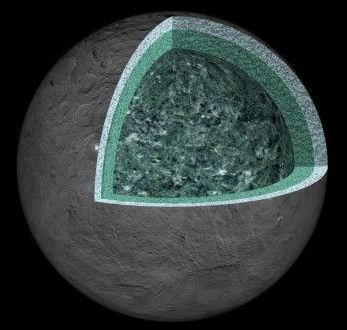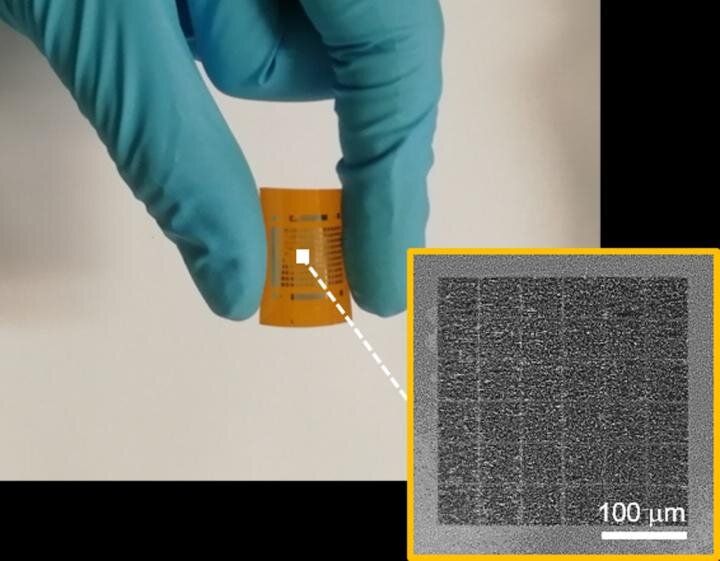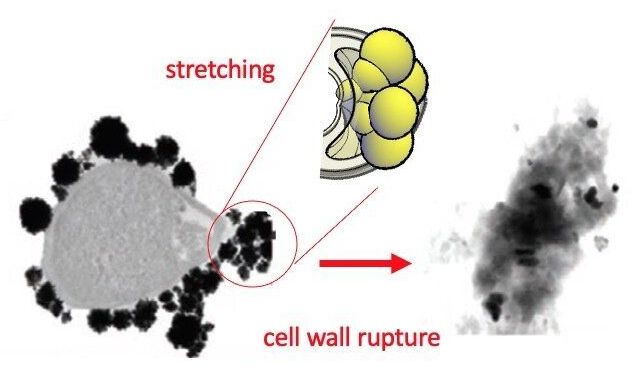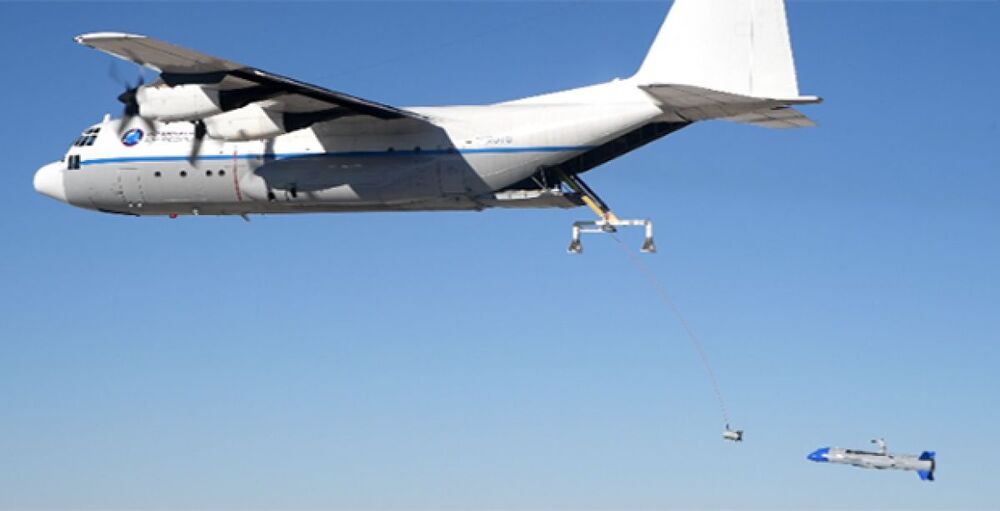During Battery Day, Tesla unveiled a number of advances that will further enhance the company’s electric vehicles, lower their cost, and dramatically improve the ownership experience. One very important improvement is silicon, which the company will use in the anode of the battery cell. Tesla silicon opens the door to.
Get the latest international news and world events from around the world.



In a Mind-Bending New Paper, Physicists Give Schrodinger’s Cat a Cheshire Grin
“I’ve often seen a cat without a grin,” thought Alice. “But a grin without a cat! It’s the most curious thing I ever saw in all my life!”
It’s an experience eminent physicist Yakir Aharonov can relate to. Together with fellow Israeli physicist Daniel Rohrlich, he’s shown theoretically how a particle might show its face in a corner of an experiment without needing its body anywhere in sight.
To be more precise, their analysis argues information could be transferred between two points without an exchange of particles.

Artificial visual system of record-low energy consumption for the next generation of AI
A joint study led by City University of Hong Kong (CityU) has built an ultralow-power consumption artificial visual system to mimic the human brain, which successfully performed data-intensive cognitive tasks. Their experiment results could provide a promising device system for the next generation of artificial intelligence (AI) applications.
The research team is led by Professor Johnny Chung-yin Ho, Associate Head and Professor of the Department of Materials Science and Engineering (MSE) at CityU. Their findings have been published in the scientific journal Science Advances, titled “Artificial visual system enabled by quasi-two-dimensional electron gases in oxide superlattice nanowires.”
As the advances in semiconductor technologies used in digital computing are showing signs of stagnation, neuromorphic (brain-like) computing systems have been regarded as one alternative. Scientists have been trying to develop the next generation of advanced AI computers, which could be as lightweight, energy-efficient and adaptable as the human brain.
Raja Chari — Indian-origin US Air Force pilot & astronaut now part of NASA’s moon mission
Chari is part of the 18-member team of the Artemis Lunar Exploration Programme, through which NASA hopes to land the first woman and the next man on the moon by 2024.

Researchers identify the physical mechanism that can kill bacteria with gold nanoparticles
Finding alternatives to antibiotics is one of the biggest challenges facing the research community. Bacteria are increasingly resistant to these drugs, and this resistance leads to the deaths of more than 25,000 around the world. Now, a multidisciplinary team of researchers from the Universitat Rovira i Virgili, the University of Grenoble (France), the University of Saarland (Germany) and RMIT University (Australia) have discovered that the mechanical deformation of bacteria is a toxic mechanism that can kill bacteria with gold nanoparticles. The results of this research have been published in the journal Advanced Materials and are a breakthrough in researchers’ understanding the antibacterial effects of nanoparticles and their efforts to find new materials with bactericide properties.
Since the times of Ancient Egypt, gold has been used in a range of medical applications and, more recently, as for diagnosing and treating diseases such as cancer. This is due to the fact that gold is a chemically inert material, that is, it does not react or change when it comes into contact with an organism. Amongst the scientific community, nanoparticles are known for their ability to make tumors visible and for their applications in nanomedicine.
This new research shows that these chemically inert nanoparticles can kill bacteria thanks to a physical mechanism that deforms the cell wall. To demonstrate this, the researchers have synthesized in the laboratory gold nanoparticles in the shape of an almost perfect sphere and others in the shape of stars, all measuring 100 nanometres (8 times thinner than a hair). The group analyzed how these particle interact with living bacteria. “We find that the bacteria become deformed and deflate like a ball that is having the air let out before dying in the presence of these nanoparticles,” explained Vladimir Baulin, researcher at the Department of Chemical Engineering of the URV. The researchers state the bacteria seem to have died after a massive leak, “as if the cell wall had spontaneously exploded.”


Malwarebytes detects leaked tools from FireEye breach
The security company FireEye was breached by a sophisticated attack that stole multiple red team assessment tools. Malwarebytes customers are safe.
Hello folks! If you have not heard yet, the security firm FireEye has had a breach of many red team assessment tools used for identification of vulnerabilities to help protect customers.
While it is not known exactly who was behind this attack, a big concern is the sharing and use of these stolen red team tools by both sophisticated and non-sophisticated actors, similar to what we saw in 2017 with the ShadowBrokers group breach of the NSA’s Equation Group.
Scientists suggest US embassies were hit with high-power microwaves – here’s how the weapons work
The mystery ailment that has afflicted U.S. embassy staff and CIA officers off and on over the last four years in Cuba, China, Russia and other countries appears to have been caused by high-power microwaves, according to a report released by the National Academies. A committee of 19 experts in medicine and other fields concluded that directed, pulsed radiofrequency energy is the “most plausible mechanism” to explain the illness, dubbed Havana syndrome.
The report doesn’t clear up who targeted the embassies or why they were targeted. But the technology behind the suspected weapons is well understood and dates back to the Cold War arms race between the U.S. and the Soviet Union. High-power microwave weapons are generally designed to disable electronic equipment. But as the Havana syndrome reports show, these pulses of energy can harm people, as well.
As an electrical and computer engineer who designs and builds sources of high-power microwaves, I have spent decades studying the physics of these sources, including work with the U.S. Department of Defense. Directed energy microwave weapons convert energy from a power source —a wall plug in a lab or the engine on a military vehicle—into radiated electromagnetic energy and focus it on a target. The directed high-power microwaves damage equipment, particularly electronics, without killing nearby people.